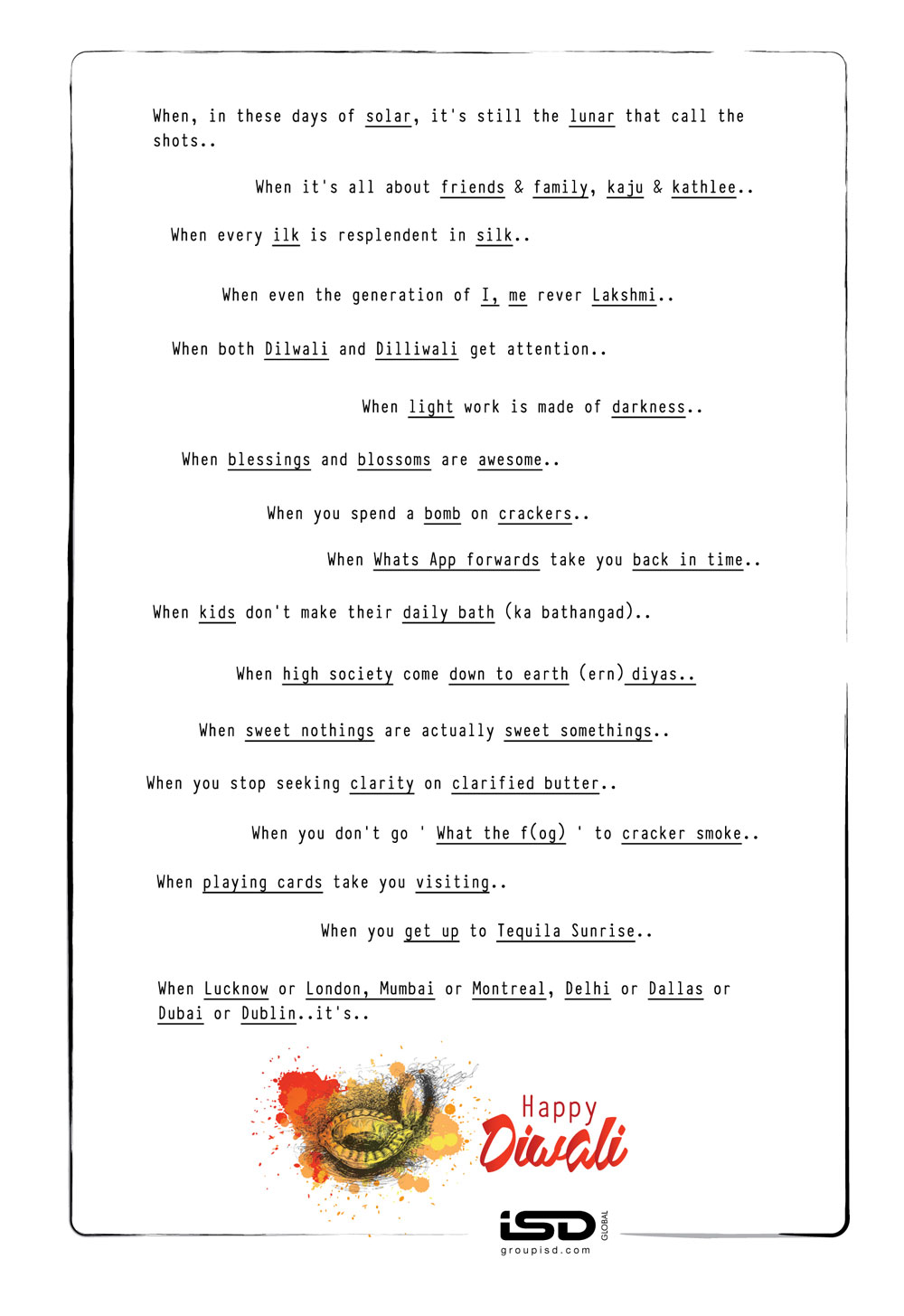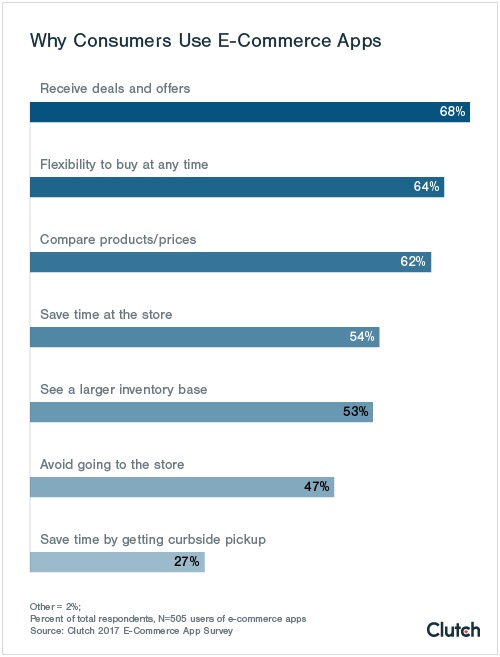
Get prepared for the next big crypto idea
Stay with us here. Despite the geeky nature of the subject, Blockchain technology, cryptocurrencies, and ICOs (Initial Coin Offering) are receiving a lot of attention, and will soon demand more of yours. This is largely thanks to the meteoric rise of Bitcoin’s value in the last few years, and its promise to bring about a fairer economic world. Read More

Though image-enabled search technology is gaining traction within the retail industry, it remains murky whether or not consumers will actually adopt it as a common practice in identifying products and making purchases.
It’s also adding Nielsen measurement


The bots have arrived, and there was plenty of chatter at New York’s Advertising Week about whether artificial intelligence will replace the traditional marketer. Yet fearing technology, instead of embracing it, is a missed opportunity to enhance the creative process.

To say that the digital era ushered in change throughout the food industry is an understatement, and no restaurant or food retailer has been immune during the ongoing transformation — a theme seen throughout the National Retail Federation’s annual Shop.orgconference that took place in Los Angeles last week.
Consumers use e-commerce mobile apps mostly to receive deals/offers, for the flexibility to buy anytime, and to compare prices, according to recent research from Clutch.
The report was based on data from a survey of 505 consumers in the United States who use e-commerce apps on their smartphones at least two or three times per month; 37% use e-commerce apps once per day or more.
Fully 68% of respondents say they use e-commerce apps to receive deals/offers.
Some 64% use e-commerce apps for the flexibility to buy anytime, and 62% use e-commerce apps to compare prices.





